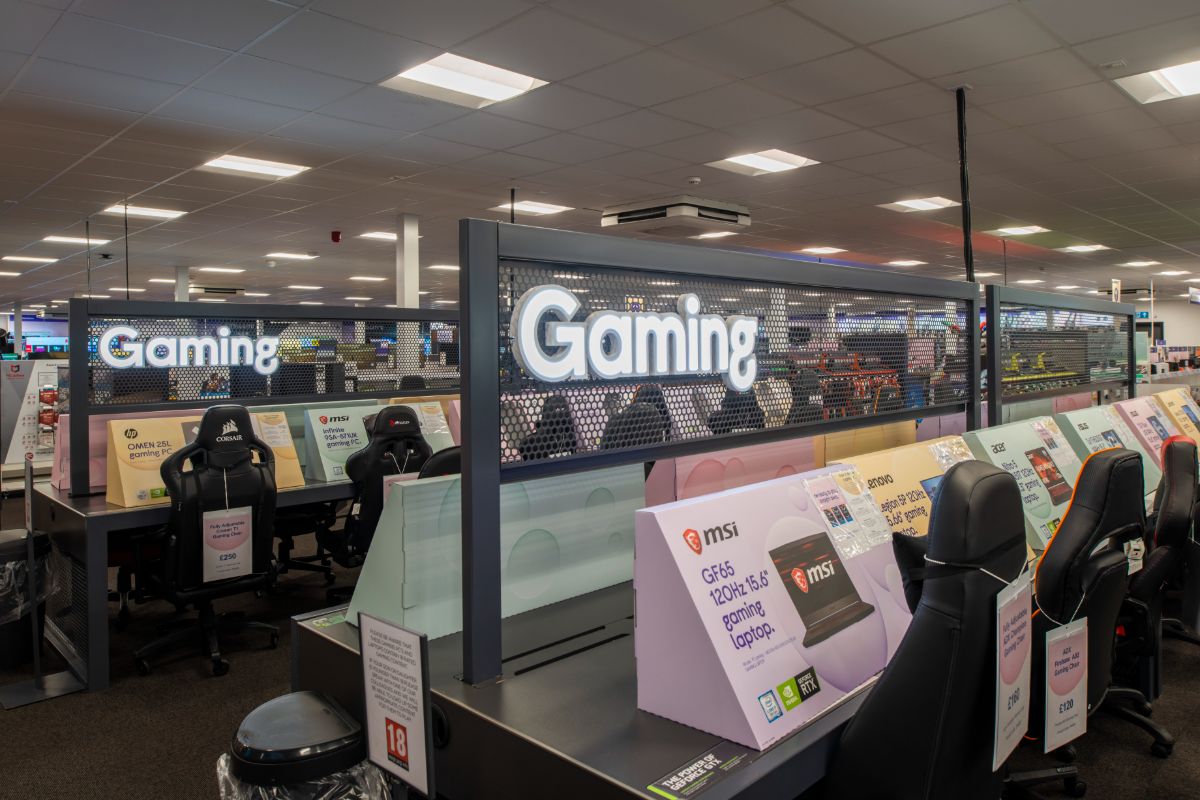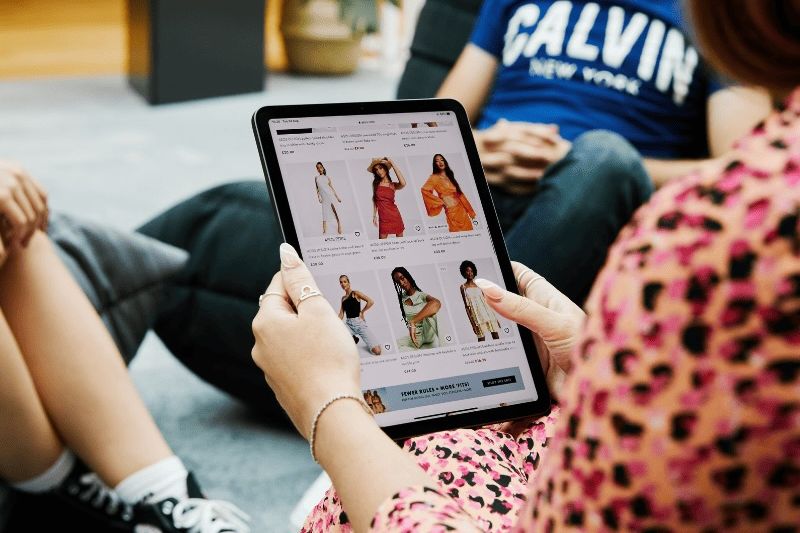Research reveals consumers’ biggest pain-points during Amazon Prime Day. Learn from the biggest online retailer in the world to get ahead for the holiday season.
When Prime Day began back in 2015, Amazon quickly became known as the go-to gift-getting guru. To this day, consumers put together their wish lists and eagerly await Amazon Prime Day every year, ready to take advantage of major discounts and deals. It’s true that Prime Day offers value, but the latest independent research from zoovu reveals the truth behind the digital holiday – and explores the failed expectations and experiences of 1,000+ consumers during the Amazon Prime Day.
While Amazon may capture 50% of the world’s e-commerce market by offering an unrivalled product selection, however, our findings reveal that choice doesn’t always equal conversion. With the major gift-giving season just around the corner, retailers worldwide could heed advice from zoovu’s research findings and start work now to ensure you don’t fall foul of the same consumer challenges in the run up to Cyber Monday, Black Friday and more.
Choice does not always equal conversion
Let’s take a closer look at the research and what it uncovered – the biggest pain points of Amazon shoppers during the holidays highlighted that a huge 30% are frustrated by irrelevant product recommendations, and 25% struggle with choice overload, leading to shoppers feeling paralyzed to make a decision. But, what is choice paralysis and what does it mean for retailers? I describe choice paralysis as the moment when over-analyzing or over-thinking a situation can cause it to become ’paralyzed’, meaning that no action was taken therefore a solution is not reached. For retailers and brands this means decreasing engagement and lower sales, so choice does not always equal conversion…even for a giant like Amazon. Convenience is key.
Not all shoppers are made equal
The research also found that Prime Day shoppers do not all travel the same purchase journey, but undergo different approaches shopping and exhibit different behaviors.
- 29% of buyers are spontaneous shoppers
- 24% of buyers are “planned/calculated” shoppers
- 22% of buyers are “thrifty and price conscious
Brands and retailers need to plan and execute marketing strategies to pro-actively target these personas and deliver the experiences that they crave – to encourage conversion.
Young shoppers (18-24) for example, seek more relevant product reviews than their generational counterparts, making use of the huge array of User-Generated-Content (UGC) online. 44% of young shoppers also make very calculated purchases, often spending at least 30 minutes making a purchase decision.
14% of Prime Day shoppers demand more visual options before making purchasing decisions – citing a strong lack of visual product information that allow them to visualize how an item will actually work / feel once they receive it.
TOP TIP: Convert young shoppers by increasing your use of UGC and ensuring product information is clearly visible and easy-to-understand – no matter how good your offer
is.
Which incentives work during the holidays?
It’s no surprise that incentives drive the biggest turnout for Prime Day and our research validated this. 44% of Prime Day shoppers make purchase decisions based on price savings, while 26% admitted to being enticed by expedited shipping.
TOP TIP: Amend your customer journey and offers depending on who is shopping – offering a discount isn’t always the answer, so protect your profit margin by changing your incentives.
So you made the sale. Happy Ending?
Not necessarily, just because you closed the sale doesn’t mean that all is well. Return rates, customer queries and reviews can negatively impact your business during the busiest time of the year – and Amazon is no stranger to the rules. 40% of Prime Day shoppers have returned an item because it was defective, didn’t live up to expectations or regretted a spontaneous buying decision. And, if that wasn’t bad enough, web searches for “Canceling Amazon Prime” were 18x higher on the first Day of the holiday compared to the previous day, largely due to shoppers not finding what they are looking for in Amazon’s vast selection. TOP TIP: Invest in conversational guided commerce. Simply, listing products and expecting consumers to self-navigate using filters isn’t enough anymore.
Gift-giving expectations are high:
The gift retail industry is set to be worth $475bn by 2024, so it’s important to take these findings and use them to your advantage. By understanding, engaging and acting upon the wants of busy consumers in the holiday season, you can expect to see conversion rates grow as well as your customer lifetime value. It’s about the best shopping experience and without the right planning, preparation and execution, you won’t be setting any records this holiday season.






